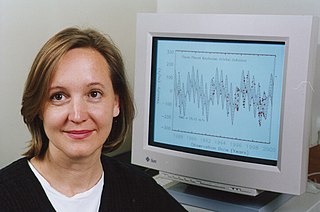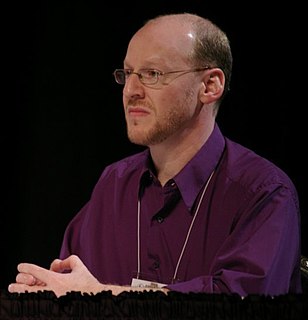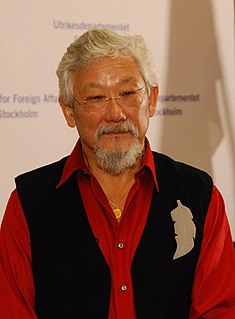A Quote by Neil deGrasse Tyson
I bet most of the crowd does not know that there are six moons in the solar system bigger than Pluto.
Related Quotes
Just as our solar system has a certain idiosyncratic assortment of planets and moons, different from any neighboring system yet categorically equivalent, so each distinct period of human history might have special qualities and individuals, characteristics and events, yet still be essentially akin beneath the surface to all the others.

































